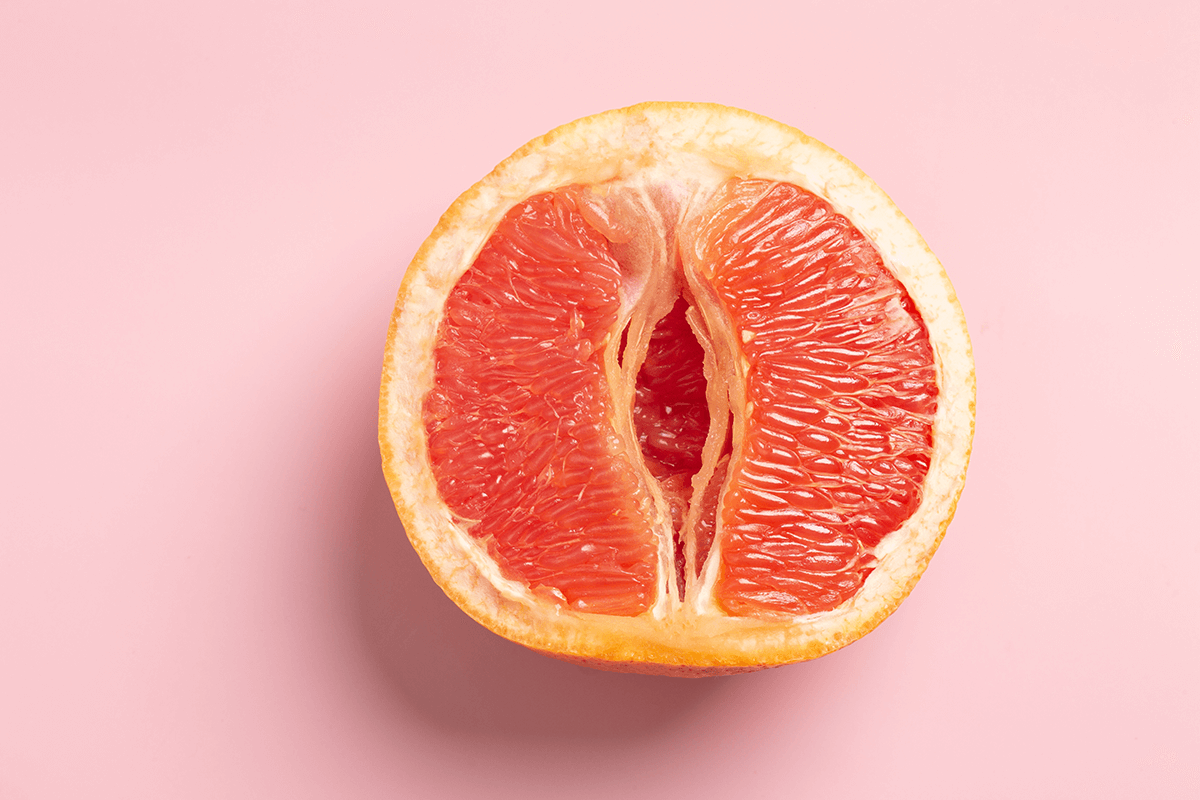What Is Vaginal Thrush?
Vaginal thrush occurs when the natural balance of yeast and bacteria in the vagina is disrupted, leading to an overgrowth of Candida. This imbalance can be triggered by several factors, including:
- Antibiotics can kill the beneficial bacteria in the vagina, allowing yeast to grow unchecked.
- Fluctuations in hormones, particularly during pregnancy or menopause, can affect the vaginal environment and promote yeast overgrowth.
- Women with weakened immune systems are more susceptible to infections like thrush.
- High blood sugar levels, as seen in diabetes, can contribute to yeast overgrowth in the body.
- Certain soaps, douches, or tight clothing can irritate the vaginal area, making it more prone to infections.
Symptoms of vaginal thrush include itching, redness, swelling, and a thick, white discharge. The severity of symptoms can vary, but they often cause significant discomfort and frustration. While over-the-counter treatments are commonly used, some women experience recurrent or persistent thrush that is difficult to manage with traditional therapies.



